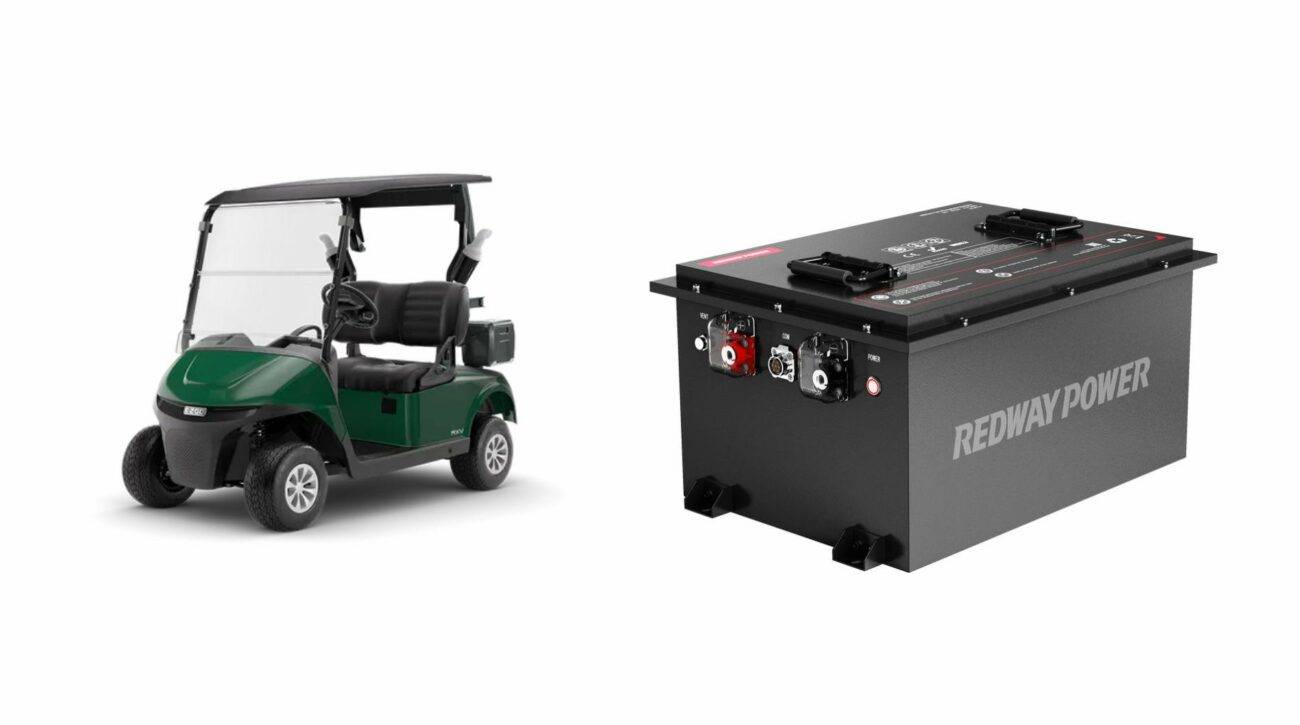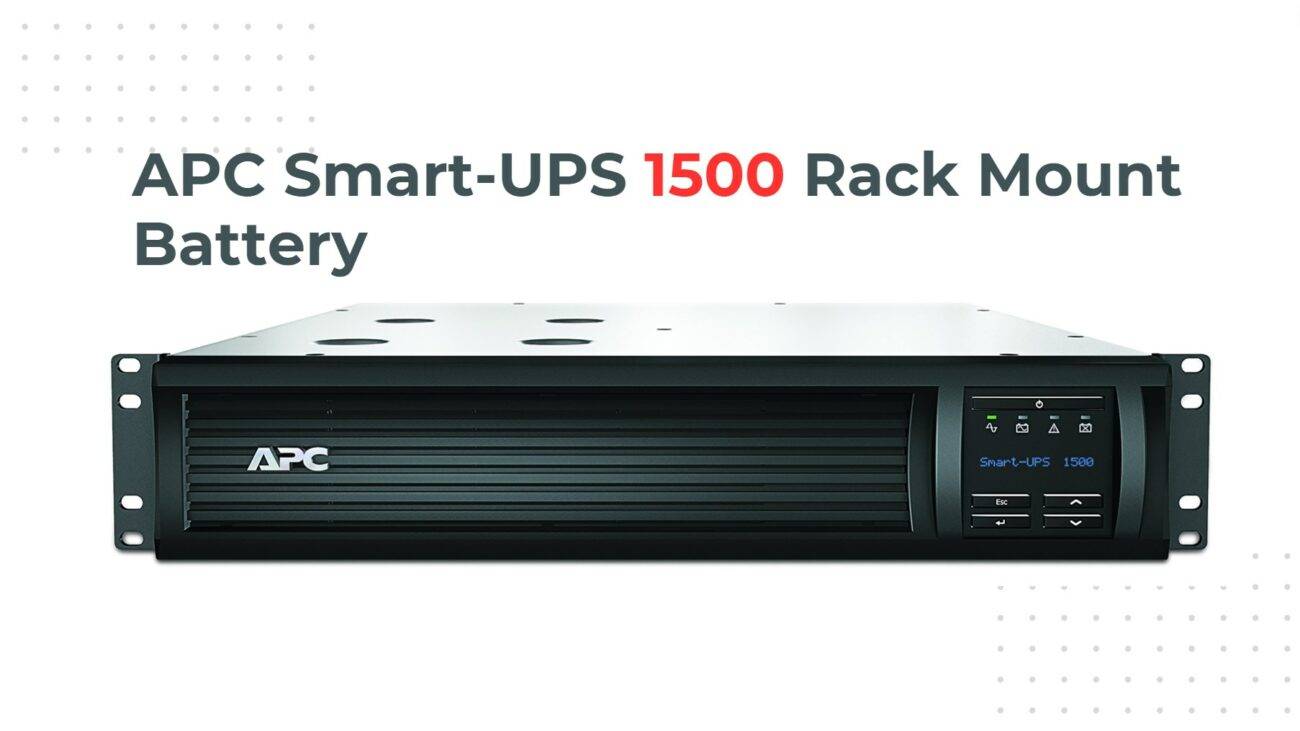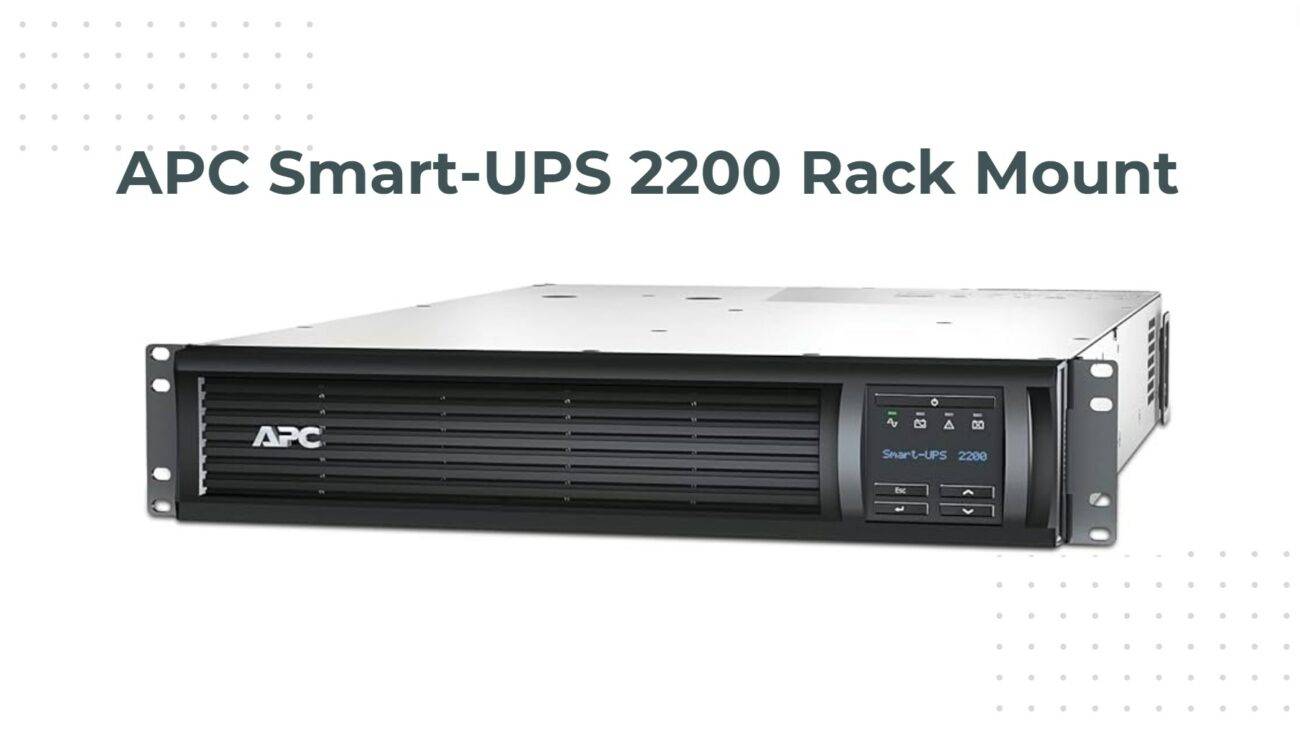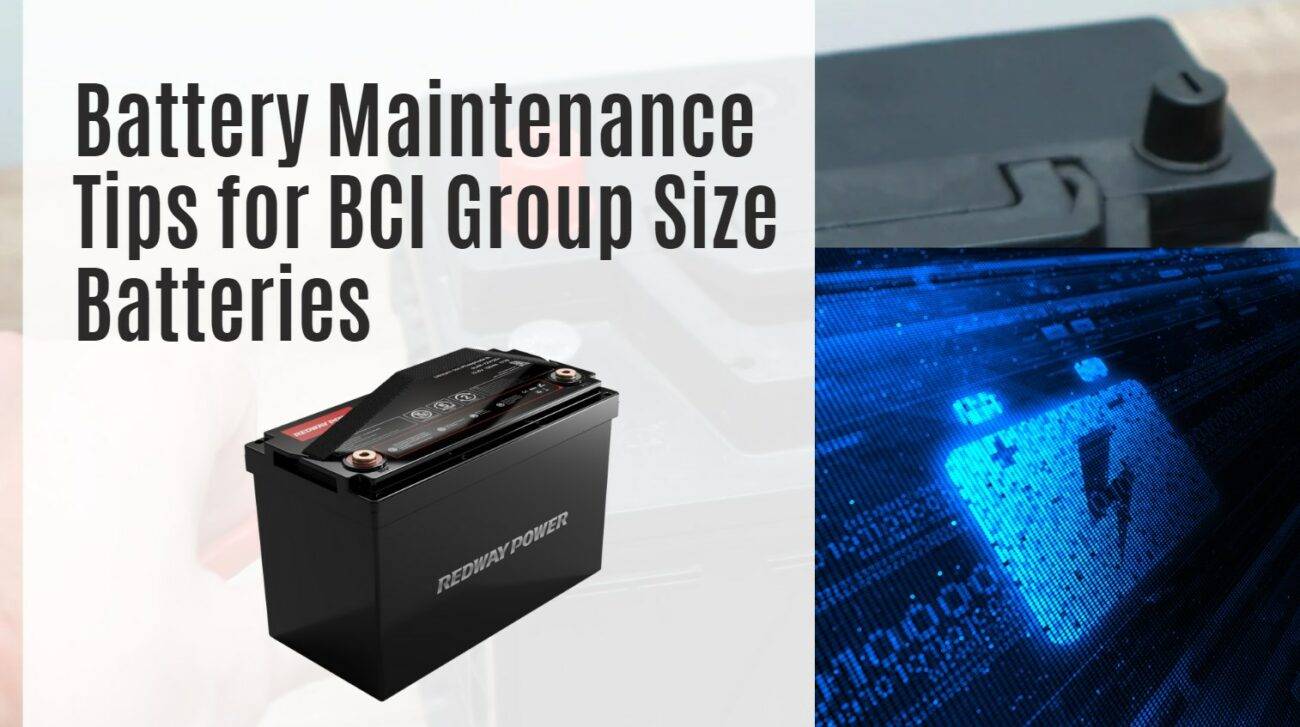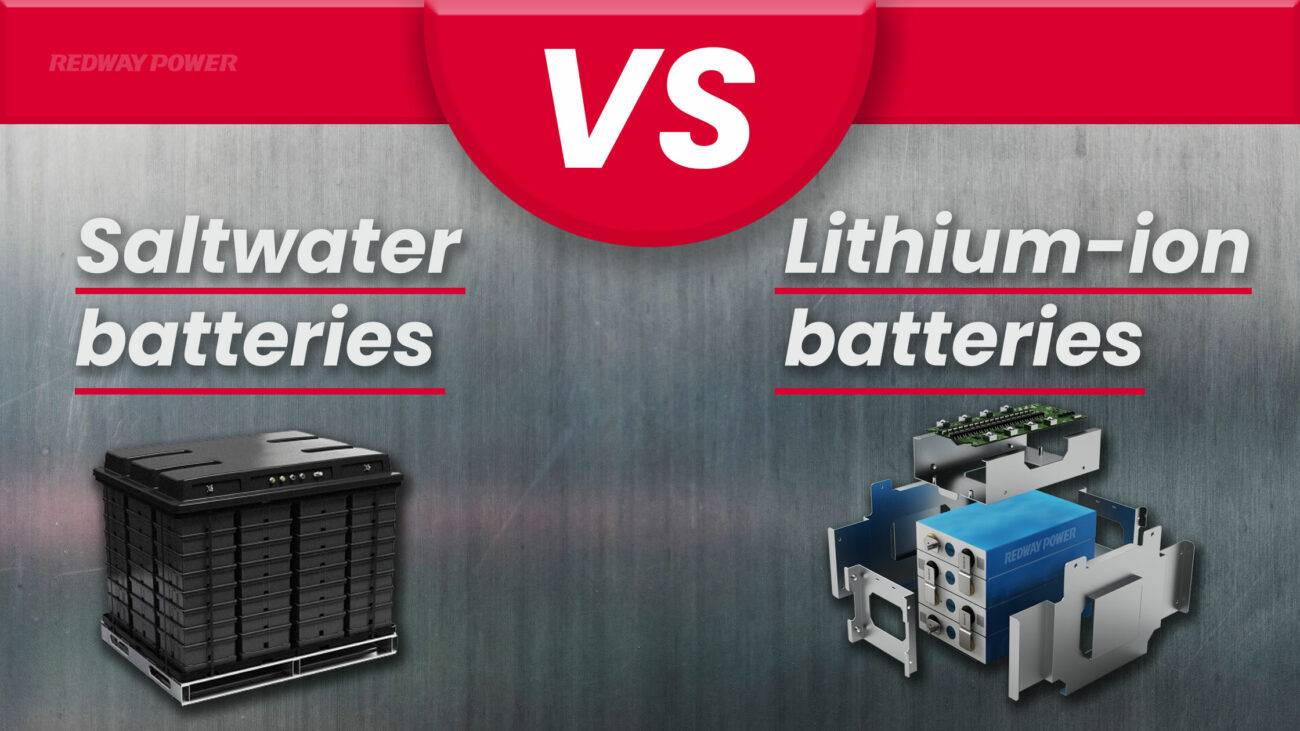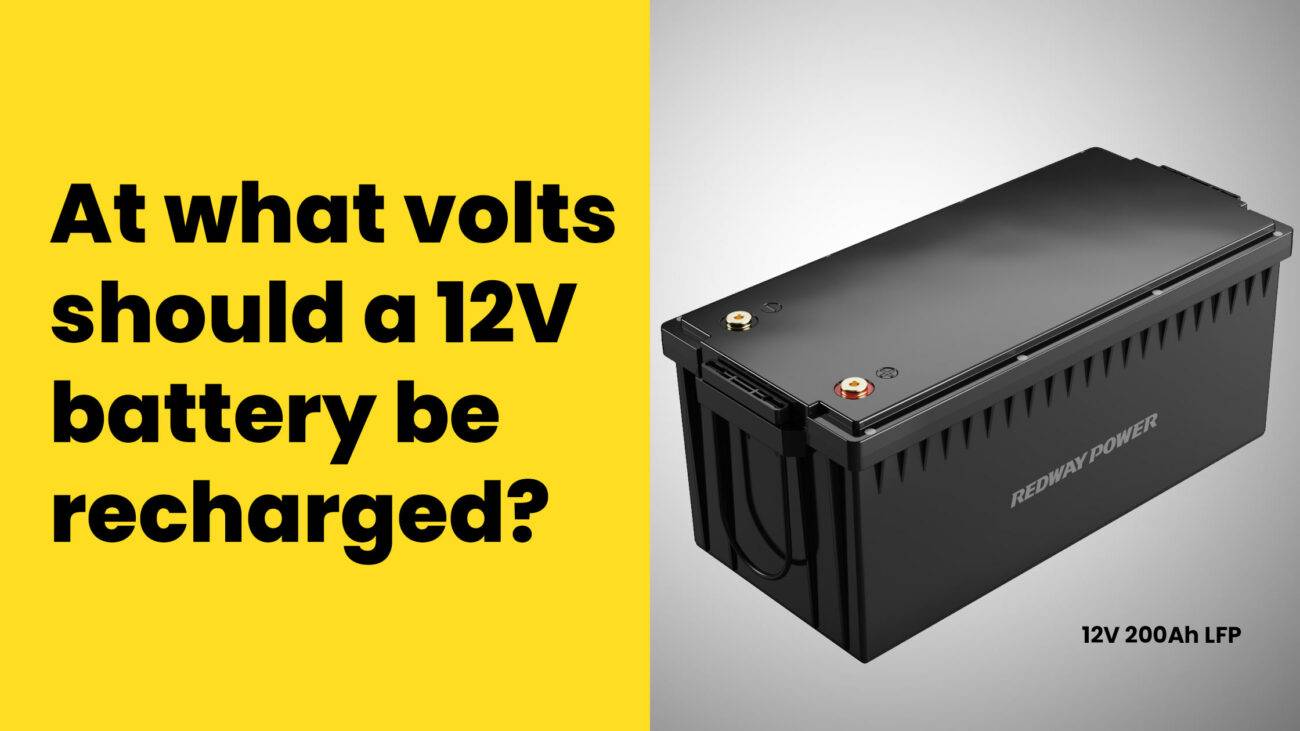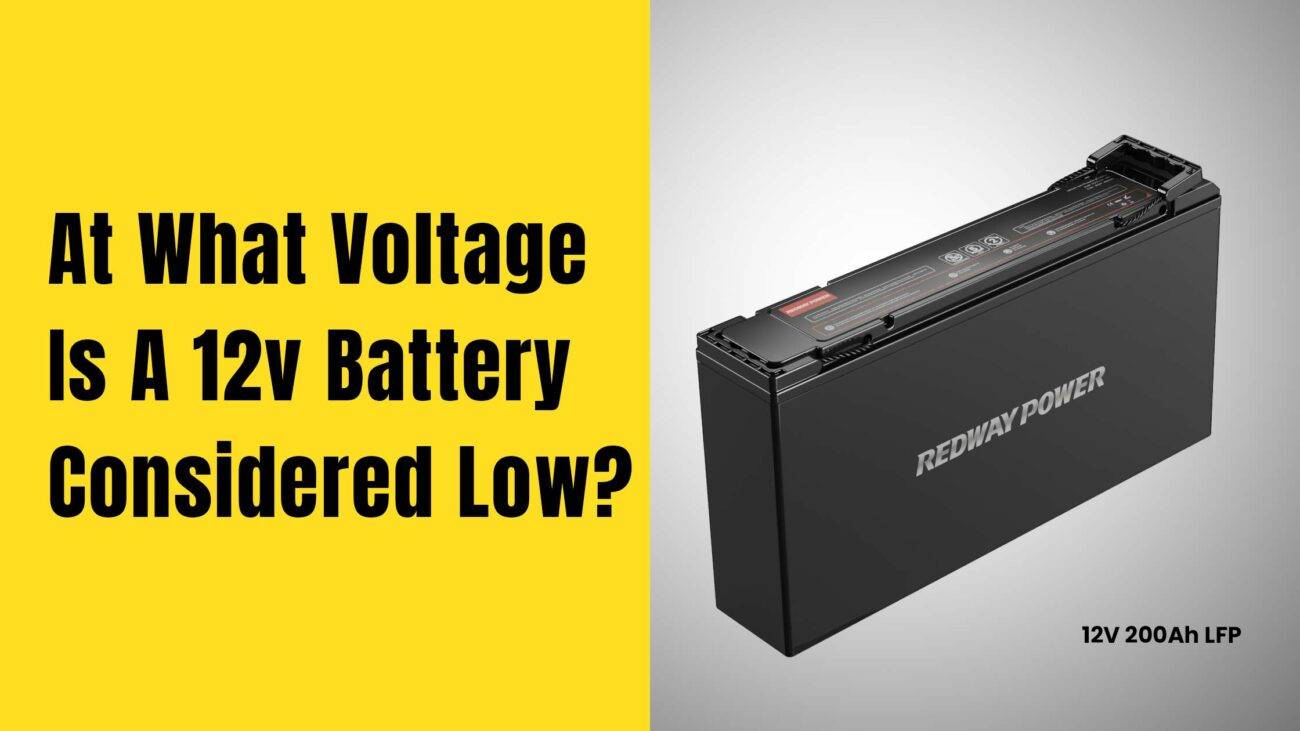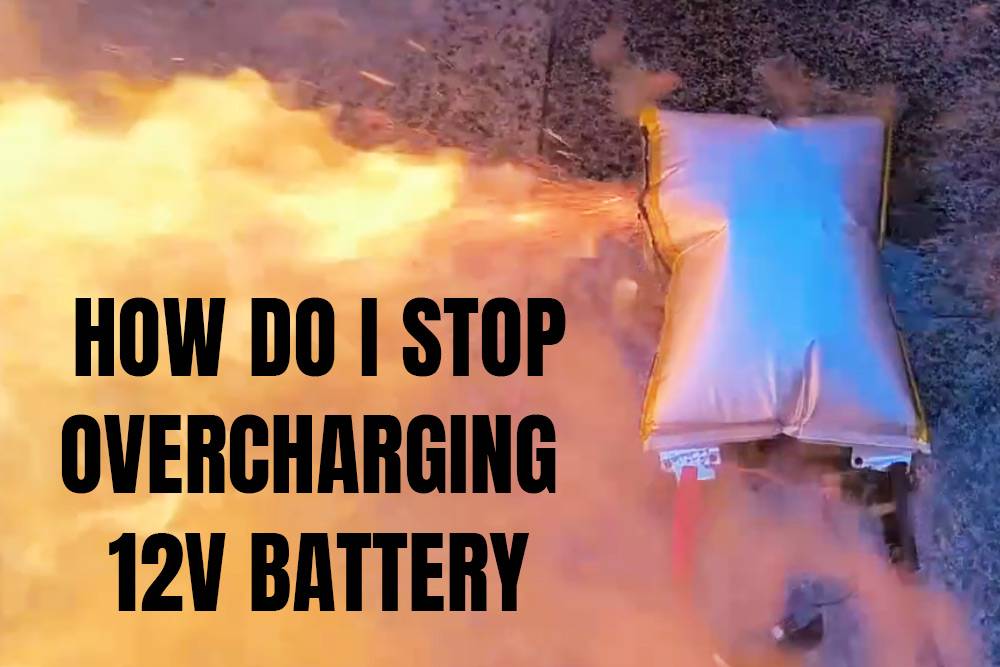- Forklift Lithium Battery
-
48V
- 48V 210Ah
- 48V 300Ah
- 48V 420Ah (949 x 349 x 569 mm)
- 48V 420Ah (950 x 421 x 450 mm)
- 48V 456Ah
- 48V 460Ah (830 x 630 x 590 mm)
- 48V 460Ah (950 x 421 x 450 mm)
- 48V 460Ah (800 x 630 x 600 mm)
- 48V 460Ah (820 x 660 x 470 mm)
- 48V 500Ah
- 48V 560Ah (810 x 630 x 600 mm)
- 48V 560Ah (950 x 592 x 450 mm)
- 48V 600Ah
- 48V 630Ah
-
48V
- Lithium Golf Cart Battery
- 12V Lithium Battery
12V 150Ah Lithium RV Battery
Bluetooth App | BCI Group 31
LiFePO4 Lithium
Discharge Temperature -20°C ~ 65°C
Fast Charger 14.6V 50A
Solar MPPT Charging - 24V Lithium Battery
- 36V Lithium Battery
- 48V Lithium Battery
-
48V LiFePO4 Battery
- 48V 50Ah
- 48V 50Ah (for Golf Carts)
- 48V 60Ah (8D)
- 48V 100Ah (8D)
- 48V 100Ah
- 48V 100Ah (Discharge 100A for Golf Carts)
- 48V 100Ah (Discharge 150A for Golf Carts)
- 48V 100Ah (Discharge 200A for Golf Carts)
- 48V 150Ah (for Golf Carts)
- 48V 160Ah (Discharge 100A for Golf Carts)
- 48V 160Ah (Discharge 160A for Golf Carts)
-
48V LiFePO4 Battery
- 60V Lithium Battery
-
60V LiFePO4 Battery
- 60V 20Ah
- 60V 30Ah
- 60V 50Ah
- 60V 50Ah (Small Size / Side Terminal)
- 60V 100Ah (for Electric Motocycle, Electric Scooter, LSV, AGV)
- 60V 100Ah (for Forklift, AGV, Electric Scooter, Sweeper)
- 60V 150Ah (E-Motocycle / E-Scooter / E-Tricycle / Tour LSV)
- 60V 200Ah (for Forklift, AGV, Electric Scooter, Sweeper)
-
60V LiFePO4 Battery
- 72V~96V Lithium Battery
- Rack-mounted Lithium Battery
- E-Bike Battery
- All-in-One Home-ESS
- Wall-mount Battery ESS
-
Home-ESS Lithium Battery PowerWall
- 24V 100Ah 2.4kWh PW24100-S PowerWall
- 48V 50Ah 2.4kWh PW4850-S PowerWall
- 48V 50Ah 2.56kWh PW5150-S PowerWall
- 48V 100Ah 5.12kWh PW51100-F PowerWall (IP65)
- 48V 100Ah 5.12kWh PW51100-S PowerWall
- 48V 100Ah 5.12kWh PW51100-H PowerWall
- 48V 200Ah 10kWh PW51200-H PowerWall
- 48V 300Ah 15kWh PW51300-H PowerWall
PowerWall 51.2V 100Ah LiFePO4 Lithium Battery
Highly popular in Asia and Eastern Europe.
CE Certification | Home-ESS -
Home-ESS Lithium Battery PowerWall
- Portable Power Stations
Power Wheels Battery, All You Need to Know
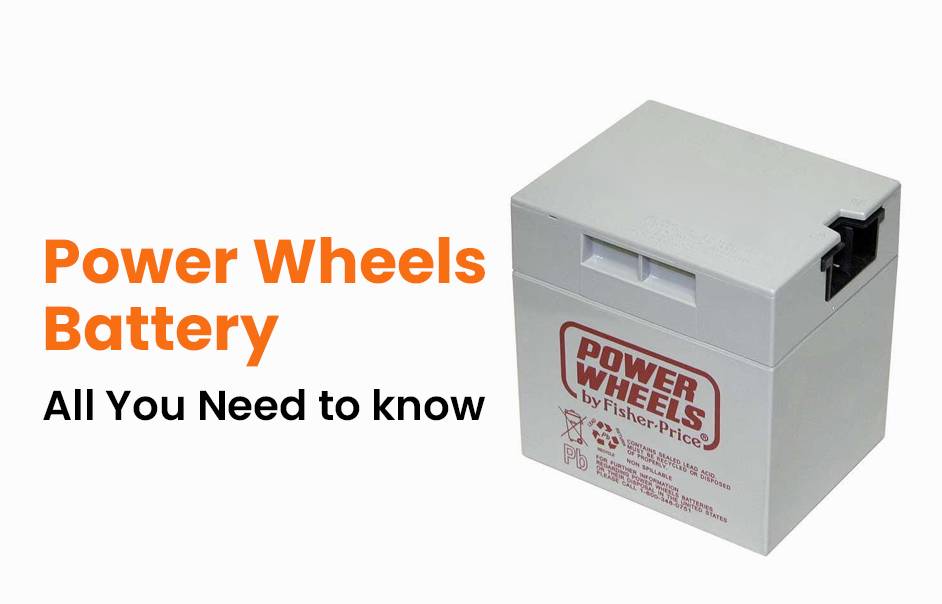
A Power Wheels battery is a rechargeable battery specifically designed for use in Power Wheels vehicles, providing the necessary power for operation. These batteries typically come in 6V or 12V configurations and are often lead-acid or lithium-ion types. Proper maintenance and timely replacement are crucial for optimal performance.
Power Wheels batteries are rechargeable power sources designed for electric ride-on toys. These batteries typically come in 6V, 12V, or 24V configurations, with lead-acid and lithium-ion options available. Lithium-ion batteries are increasingly popular due to their lighter weight, longer lifespan, and faster charging times.
What Is a Power Wheels Battery?
A Power Wheels battery is specifically designed to provide energy for electric ride-on toys. These batteries power the vehicle’s motor, lights, and other components. Most commonly, they are available in 6V, 12V, and 24V configurations. While traditional lead-acid batteries are still widely used, lithium-ion options are gaining traction due to their advantages.
| Voltage | Typical Use | Type |
|---|---|---|
| 6V | Smaller models | Lead-Acid |
| 12V | Standard models | Lead-Acid/Li-Ion |
| 24V | High-performance models | Lead-Acid |
1. Types of Power Wheels Batteries
Power Wheels batteries typically include 6-volt, 12-volt, and 24-volt options. Common types are sealed lead-acid (SLA) and lithium-ion batteries. SLA batteries are affordable and widely used, while lithium-ion batteries offer advantages like lighter weight, longer lifespan, and faster charging times.
Here’s a breakdown of the most common options:
| Battery Type | Voltage | Chemistry | Typical Usage |
|---|---|---|---|
| 6V Lead-Acid | 6V | Lead-Acid | Smaller Power Wheels models |
| 12V Lead-Acid | 12V | Lead-Acid | Standard Power Wheels models |
| 12V Lithium-Ion | 12V | Lithium-Ion | Newer models for better performance |
2. Benefits of Using Lithium-Ion Batteries
Lithium-ion batteries provide several benefits for Power Wheels, including longer run times, faster charging, and reduced weight compared to lead-acid batteries. They require less maintenance and have a longer lifespan, making them a cost-effective choice for parents looking to maximize performance.
Lithium-ion batteries are becoming increasingly popular in Power Wheels due to their numerous advantages:
- Longer Lifespan: Lithium batteries typically last longer than lead-acid batteries, providing more cycles before replacement.
- Lighter Weight: They are significantly lighter, which can improve the vehicle’s performance and handling.
- Faster Charging: Lithium-ion batteries charge more quickly than traditional lead-acid options, reducing downtime.
3. Maintenance Tips for Power Wheels Batteries
To maintain Power Wheels batteries effectively, regularly check fluid levels in lead-acid types, ensure terminals are clean and free from corrosion, and avoid deep discharges. Charge the battery fully after each use to prolong its lifespan and follow manufacturer guidelines for optimal care.
Proper maintenance can extend the life of your Power Wheels battery. Here are some key tips:
- Regular Charging: Always recharge the battery after use to prevent deep discharge, which can damage the battery.
- Storage Conditions: Store the battery in a cool, dry place to avoid overheating and moisture damage.
- Inspect Connections: Regularly check battery terminals and connections for corrosion or loose wiring.
How Do You Replace a Power Wheels Battery?
To replace a Power Wheels battery, first turn off the vehicle. Access the battery compartment, disconnect the old battery by removing the connectors, then install the new battery by connecting it with correct polarity (positive to positive, negative to negative) and securing it in place.
What Are the Voltage Requirements for Power Wheels Batteries?
Power Wheels batteries typically require voltages of 6V, 12V, or 24V, depending on the model. Always check the vehicle’s specifications or user manual to ensure you select a compatible battery that meets the required voltage for optimal performance.
Which Types of Batteries Are Used in Power Wheels?
Power Wheels commonly use sealed lead-acid (SLA) or lithium-ion batteries. SLA batteries are durable and cost-effective but heavier. Lithium-ion batteries are lighter, charge faster, and provide longer playtime but may come at a higher initial cost.
Power Wheels primarily use two types of batteries:
- Lead-Acid Batteries: Commonly used due to their reliability and cost-effectiveness.
- Lithium-Ion Batteries: Gaining popularity for their lighter weight and longer lifespan.
| Type | Voltage Options | Advantages |
|---|---|---|
| Lead-Acid | 6V, 12V, 24V | Reliable, cost-effective |
| Lithium-Ion | 12V, 18V, 24V | Lightweight, fast charging |
How Do You Maintain Your Power Wheels Battery?
To maintain your Power Wheels battery, regularly check connections for corrosion and ensure terminals are clean. Charge the battery fully after each use and store it in a cool, dry place when not in use. Avoid overcharging or completely draining the battery to prolong its lifespan.
How Long Do Power Wheels Batteries Last?
The lifespan of a Power Wheels battery depends on usage and maintenance. Typically, lead-acid batteries last about 1–3 years, while lithium-ion batteries can last up to 5 years or more with proper care. Regular charging and avoiding deep discharges can help extend their life.
How Do You Test a Replacement Power Wheels Battery?
To test a replacement Power Wheels battery, fully charge it first. Then use a multimeter to measure the voltage; it should match the specified voltage (e.g., 12V). If it reads significantly lower than expected, the battery may be faulty or not fully charged.
To test if your replacement battery works:
- Fully charge it using an appropriate charger.
- Connect it to your vehicle.
- Use a multimeter to measure voltage; it should read around 12–13 volts for a fully charged battery.
What Are the Benefits of Lithium-Ion Batteries for Power Wheels?
Lithium-ion batteries offer numerous benefits for Power Wheels, including lightweight design for better handling, longer run times between charges, faster charging capabilities, and minimal maintenance needs. Their durability makes them an excellent investment for enhancing children’s ride-on experiences.
Lithium-ion batteries offer several advantages over traditional lead-acid options:
- Longer Lifespan: They typically last longer with more charge cycles.
- Lighter Weight: This improves vehicle performance and handling.
- Faster Charging: They charge quicker than lead-acid batteries, reducing downtime.
How Can You Properly Dispose of a Power Wheels Battery?
To dispose of a Power Wheels battery properly, locate a recycling center that accepts lead-acid or lithium-ion batteries. Many local automotive retailers or authorized service centers can assist with safe disposal. Never throw these batteries in regular trash due to environmental hazards.
To dispose of a used Power Wheels battery, follow these steps:
- Disconnect it from the vehicle.
- Locate a certified recycling center or authorized service center.
- Ensure you follow local regulations regarding battery disposal.
What Are Popular Models of Power Wheels Batteries?
Popular models of Power Wheels batteries include the 12-Volt Rechargeable Battery, commonly used in mid-sized vehicles, and various 6-Volt options found in smaller models. Lithium-ion upgrades are also available for many models to enhance performance and longevity.
Popular models include:
- For 6V batteries: Mighty Max ML6-6
- For 12V batteries: Mighty Max ML12-12
- For 24V batteries: Universal 24 Volt Sealed Lead Acid
These models are known for their reliability and compatibility with various vehicles.
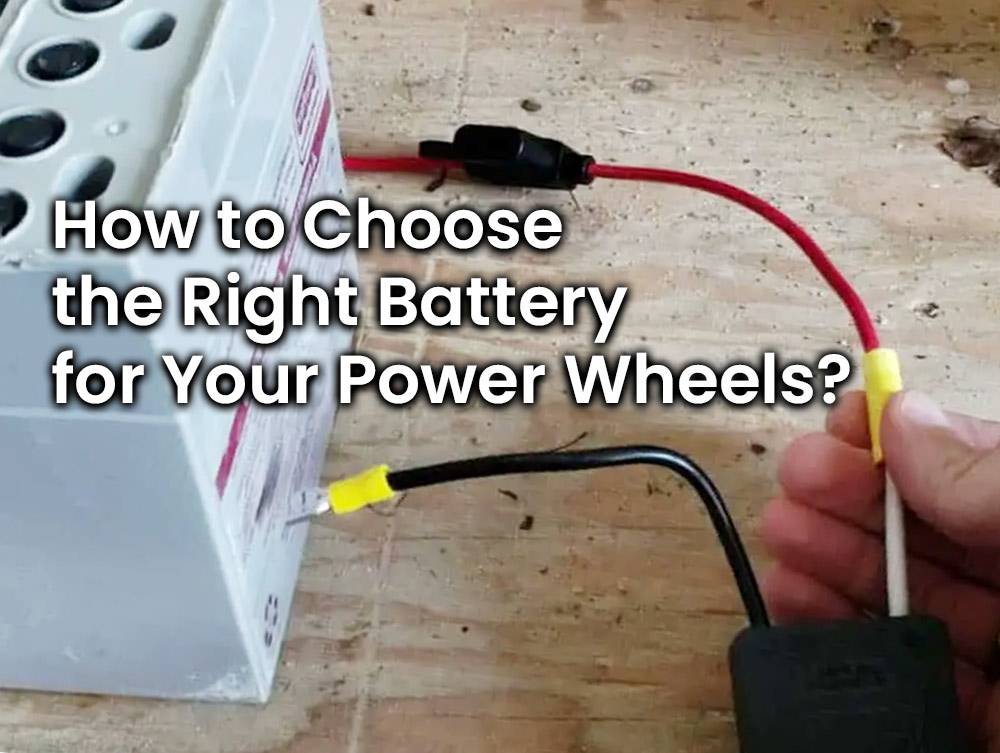
Latest News
Recent developments in battery technology have highlighted several key trends relevant to Power Wheels batteries:
- The increasing adoption of lithium-ion technology in children’s electric vehicles is transforming the market, offering enhanced performance and safety.
- Innovations in battery management systems are improving charging efficiency and safety features.
- Growing consumer awareness about sustainability is driving demand for eco-friendly battery options.
- Regulatory changes are being implemented to enhance safety standards in battery production and usage.
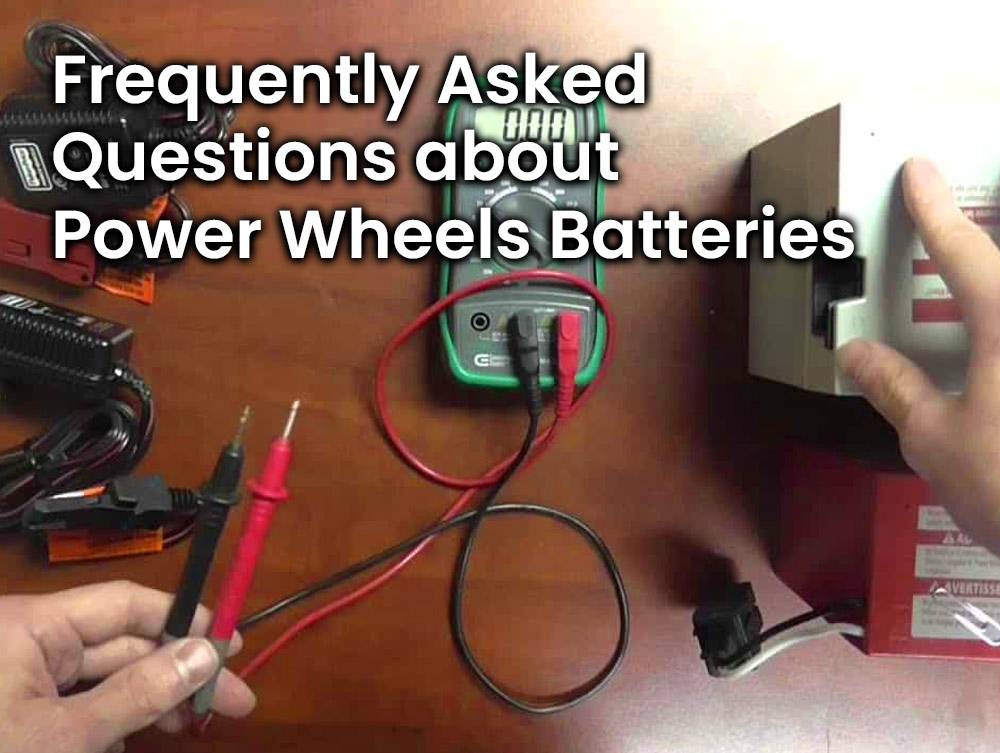
Redway Expert Comment
“Understanding the different types of Power Wheels batteries is essential for ensuring optimal performance and longevity. At Redway Power, we specialize in high-quality lithium LiFePO4 batteries that provide superior energy solutions for various applications, including children’s electric vehicles. Our commitment to quality ensures that our customers receive reliable products that meet their needs.”
Tips for Battery Wholesale Buyers
When considering wholesale purchases or OEM orders of lithium-ion batteries like those used in Power Wheels, it’s essential to choose a reliable manufacturer. Redway Power, with over 13 years of experience, is an excellent choice for battery wholesale buyers or OEM clients overseas. Ensure you evaluate manufacturers based on production capabilities, quality certifications, and customer service support. To make OEM orders from a reliable manufacturer like Redway Power, follow these steps:
- Research potential suppliers.
- Request samples to test quality.
- Discuss specifications and pricing.
- Finalize contracts ensuring all terms are clear.
Redway Lithium Batteries
The discussion around Power Wheels batteries directly relates to our offerings in Lithium Batteries at Redway Power. Our lithium solutions provide enhanced performance and reliability for various applications, including electric ride-on toys.
Recommended Product: Lithium LiFePO4 Battery Pack
For clients or importers seeking wholesale or OEM solutions, we recommend our 12V 20Ah Lithium LiFePO4 Battery Pack. This product offers a lightweight alternative with superior performance compared to traditional lead-acid batteries, making it ideal for powering children’s electric vehicles.
Top Competitors in Battery Solutions
When considering high-quality alternatives to standard Power Wheels batteries, here are five notable options:
| Brand | Product Name | Voltage | Capacity (Ah) | Chemistry |
|---|---|---|---|---|
| Redway Power | 12V 20Ah Lithium LiFePO4 Pack | 12V | 20Ah | LiFePO4 |
| Power Wheels | 12V Rechargeable Battery | 12V | 9Ah | Lead-Acid |
| Razor | Razor E100 Battery | 24V | 5Ah | Lead-Acid |
| Mighty Max | ML6V4RM | 6V | 4Ah | Lead-Acid |
| Universal Power Group | UB121000 | 12V | 100Ah | AGM |
In conclusion, understanding the specifications and maintenance needs of Power Wheels batteries is crucial for ensuring optimal performance and longevity. By considering high-quality alternatives like those offered by Redway Power, users can ensure reliable energy solutions for their electric ride-on toys.
FAQs
What are the advantages of power wheels battery?
Power wheels batteries offer safe and quiet play, extended playtime, stable power support, multi-scenario use, and cost-effectiveness. They also teach kids about responsibility. With no harmful fumes and consistent performance, these batteries enhance children’s play experiences and encourage outdoor adventures. Power wheels batteries are a valuable choice for kids’ enjoyment and learning.
Can I use an 18V battery in a 12V Power Wheels or put a 24V battery in a 12V Power Wheels?
Upgrading your Power Wheels battery voltage can provide more power and speed. You can upgrade from 12V to 18V for increased performance and the ability to tackle rough terrains. However, using a 24V battery in a 12V Power Wheels, known as overvolting, can offer even more power but should be considered carefully based on the child’s age, weight, and driving experience. Prioritize safety and choose the appropriate voltage for your child’s needs.
How can I make my Power Wheels faster?
To make your Power Wheels go faster, you can upgrade the battery to a higher voltage, replace the motor with a more powerful one, modify the gearbox for optimized speed, add traction to the tires, or install an electronic speed controller (ESC). Follow safety precautions and enjoy the enhanced speed and performance of your Power Wheels!
How do you charge a dead Power Wheels battery?
To charge a dead Power Wheels battery, you can use parallel charging. Connect a fully charged battery of the same voltage to the dead battery, then plug in your charger. Once the charger light turns green, remove the fully charged battery. Remember to follow safety precautions when handling batteries. Revive your Power Wheels and enjoy the ride!
Can I replace a Power Wheels battery?
Replacing a Power Wheels battery is easy. Here are the steps: 1) Choose a compatible replacement battery. 2) Access the battery compartment. 3) Disconnect the old battery. 4) Install the new battery securely. 5) Test the Power Wheels with the new battery. Follow safety precautions and enjoy your refreshed Power Wheels!














